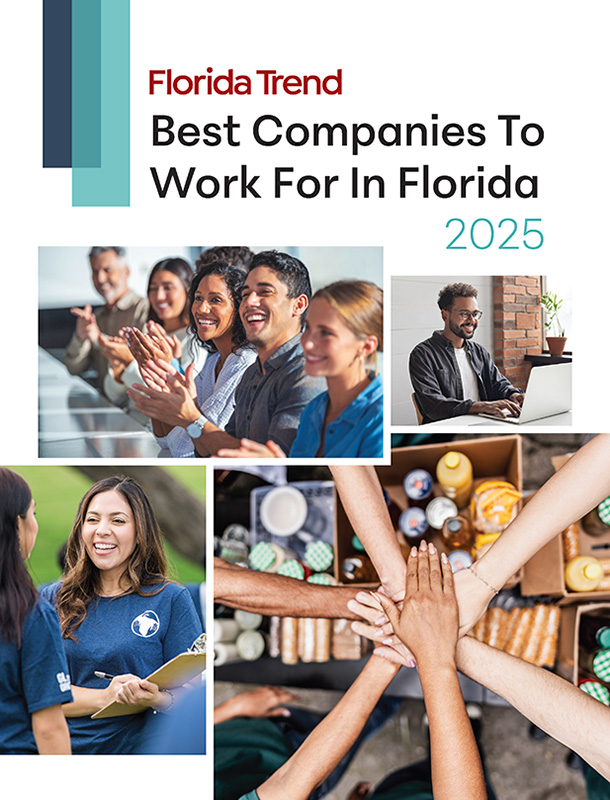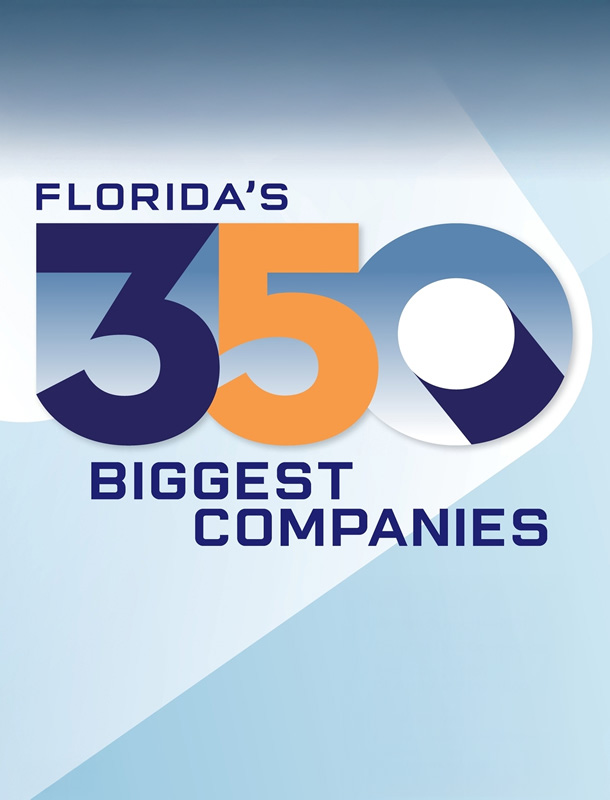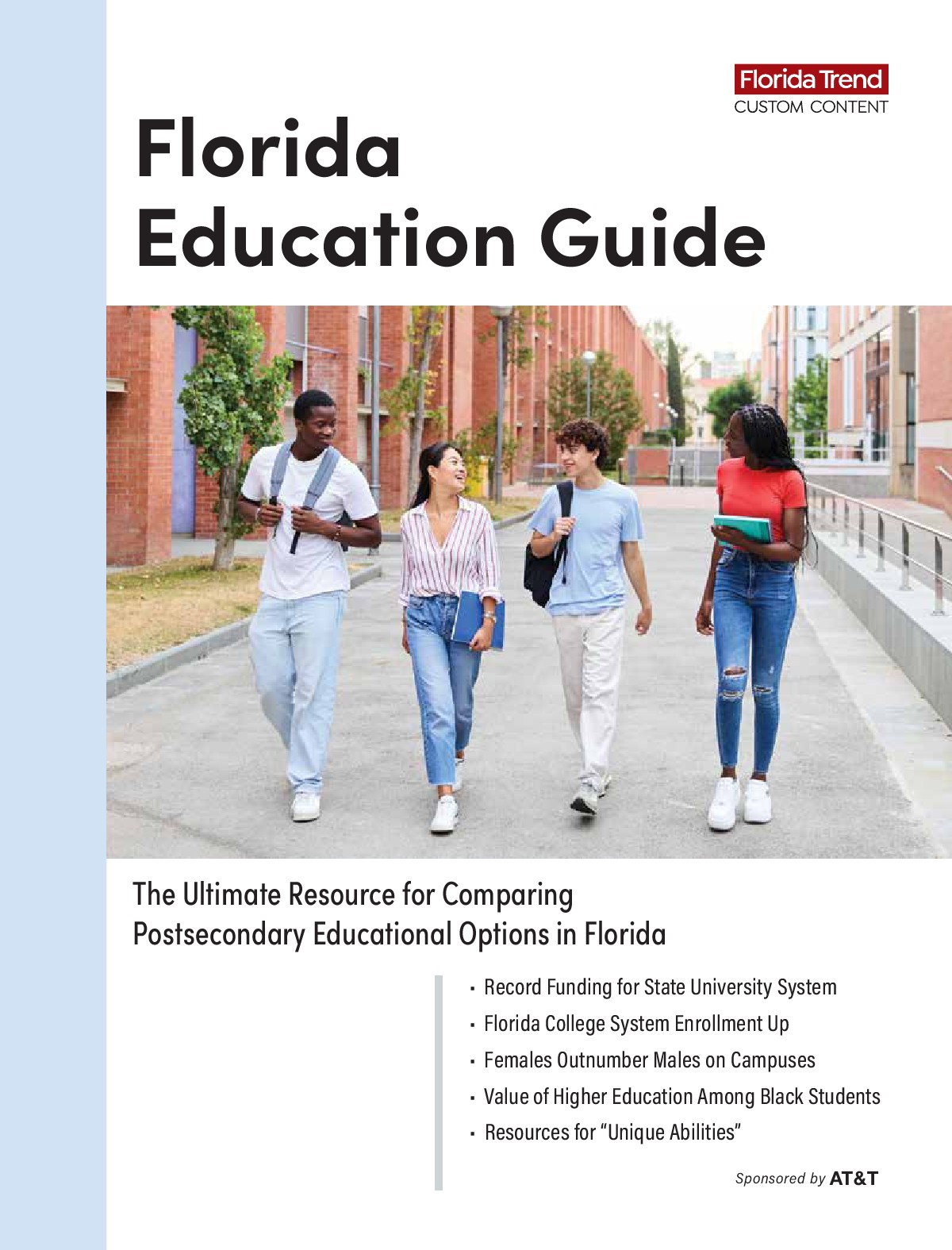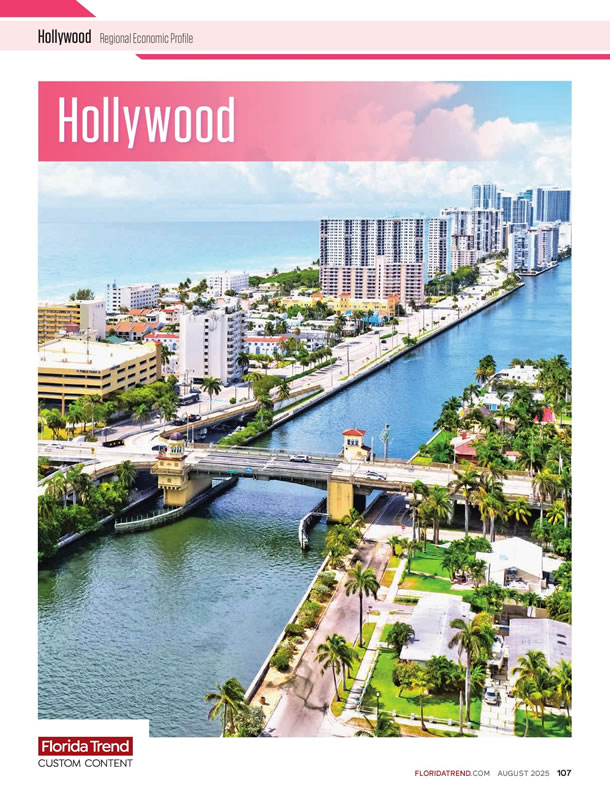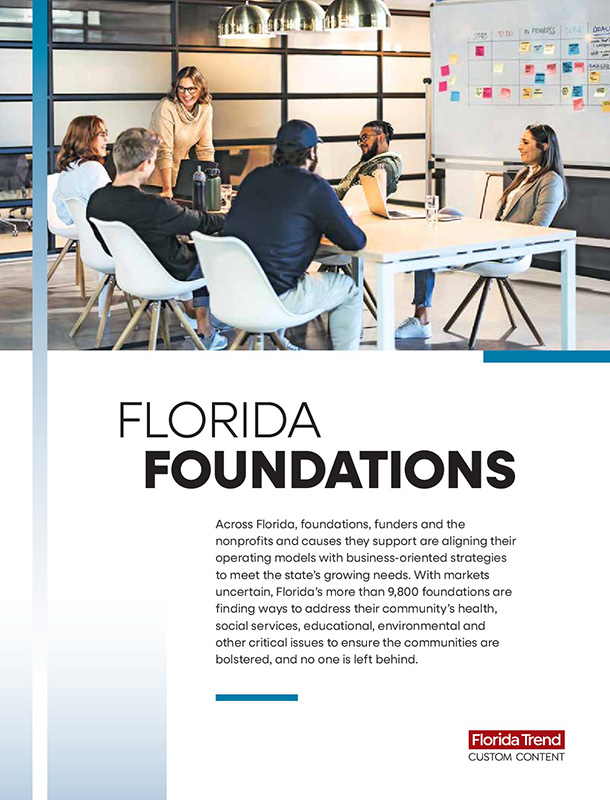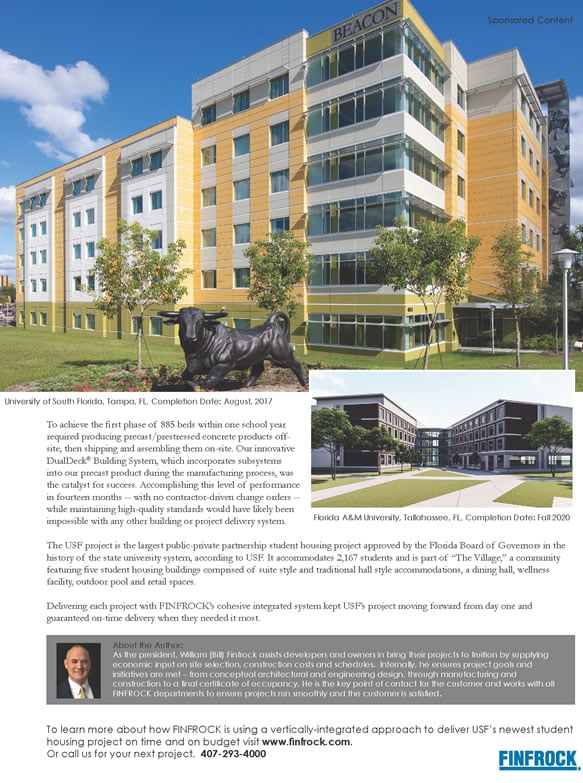CBM Florida Holding
Providing Fresh Capital
As the real estate market collapse engulfed the banking sector in 2008, Trevor Burgess, a 39-year-old former managing director at Morgan Stanley, two Brazilian investors and a Dutch businessman put together the money to scoop up banks. Unlike other investment groups smelling opportunity and liking Florida’s demographics, though, their CBM Florida Holding looked for banks that needed to be recapitalized but weren’t in the FDIC failure bin.
First to be acquired was Community Bank of Manatee. Next came Tampa area banks First Community Bank of America and The Palm. In August, the newly named C1 Bank made its biggest deal yet, agreeing to buy troubled U.S.
Century Bank, a Doral institution under an FDIC order. The deal more than doubles C1, taking it to $2.2 billion in assets and 45 branches.
St. Petersburg-based C1 turned a $3.2 million profit in the first half. Burgess and C1 have grabbed attention by becoming the official bank of the Tampa Bay Buccaneers and the Outback Bowl and by offering a Mercedes-Benz as prepaid interest to buyers of a five-year, $1-million certificate of deposit.
Trevor Burgess, CEO, C1 Bank and CBM Florida Holding
Sabadell United
The International Factor
Florida banks with international parents are among some of the better capitalized in the state. An example: Sabadell United in Miami. Spain’s Banco Sabadell bought TransAtlantic in 2007 and Mellon United in Miami in 2010 to create Sabadell United. It in turn last year acquired failed Lydian Private Bank, a Palm Beach Gardens bank that started as a virtual bank and later acquired a wealth management operation.
Sabadell was after that wealth management business, says Mario Trueba, Sabadell United president and CEO. The deal also took the bank beyond southeast Florida into Naples, Tampa and Sarasota. Trueba says Sabadell United is focused on organic growth, though it would be interested in the right acquisition.
Spain’s banks have their troubles, but Trueba says Sabadell’s parent is well-positioned and not in need of new capital. “Florida’s very important to us. We see profitably and prudently growing in Florida,” he says. The bank turned an $18.5-million profit through the first half of 2012, nearly triple its profit in the same period in 2011. It has $3.6 billion in assets.
Mario Trueba, president and CEO, Sabadell United
Centennial Bank
‘Florida’s Back’
Arkansas banker John Allison bought Marine Bank in the Florida Keys in 1993. Aside from a second home in the Keys, to which he plans to retire, that was the extent of his Florida investment until the Great Recession. Allison looked over the gloomy Florida banking landscape and was reminded of investing in Texas banks during the oil bust. “It was kind of déjà vu,” Allison says.
His publicly held holding company, Home BancShares, owner of Centennial Bank, has bought six failed Florida banks and done two market transactions: Premier Bank in Tallahassee and Vision Bank’s 17 locations in Alabama and the Panhandle and $354 million in performing loans.
Home BancShares earned $30 million in the first half, up from $24.9 million in the year-earlier period.
Lately, Allison has been steering clear of FDIC deals — too many investor groups are competing for too few failures, he says. “They will never make money out of those deals,” he says, and he refuses to make “dumb” bids.
The holding company has $4 billion in assets overall and 46 branches in Florida, just one less than in Arkansas.
John Allison, Chairman, Home BancShares
First Southern Bank
Organic Strategy
Herb Boydston made his name in banking in Louisiana with Hibernia Bank, where he was CEO until Capital One bought it in 2005. Five years later, he led a group that raised $400 million from institutional investors to recapitalize struggling
First Southern Bank in Boca Raton and buy up failed Florida banks. It acquired two-branch Haven Trust in Ponte Vedra in 2010 and nine-branch First Commercial in Orlando in 2011 and still had $200 million to deploy. But it found too many competitors with the same plan bidding for banks, driving up the prices, making Boydston and First Southern rethink their plans. “Some of the profitability you think is there might not be there,” he says.
Once it decided on a more organic strategy, First Southern brought in veteran Florida banker Lynne Wines, formerly of CNL in Orlando and Union Bank in Sunrise, as president and later CEO, replacing Boydston, who remains chairman. First Southern, with 15 branches from St. Johns County south to Palm Beach County, lost $7 million in the first half of 2012 as it revalued loans it acquired, compared to a $5.8 million profit in the 2011 first half.
Herb Boydston, Chairman, First Southern Bank



